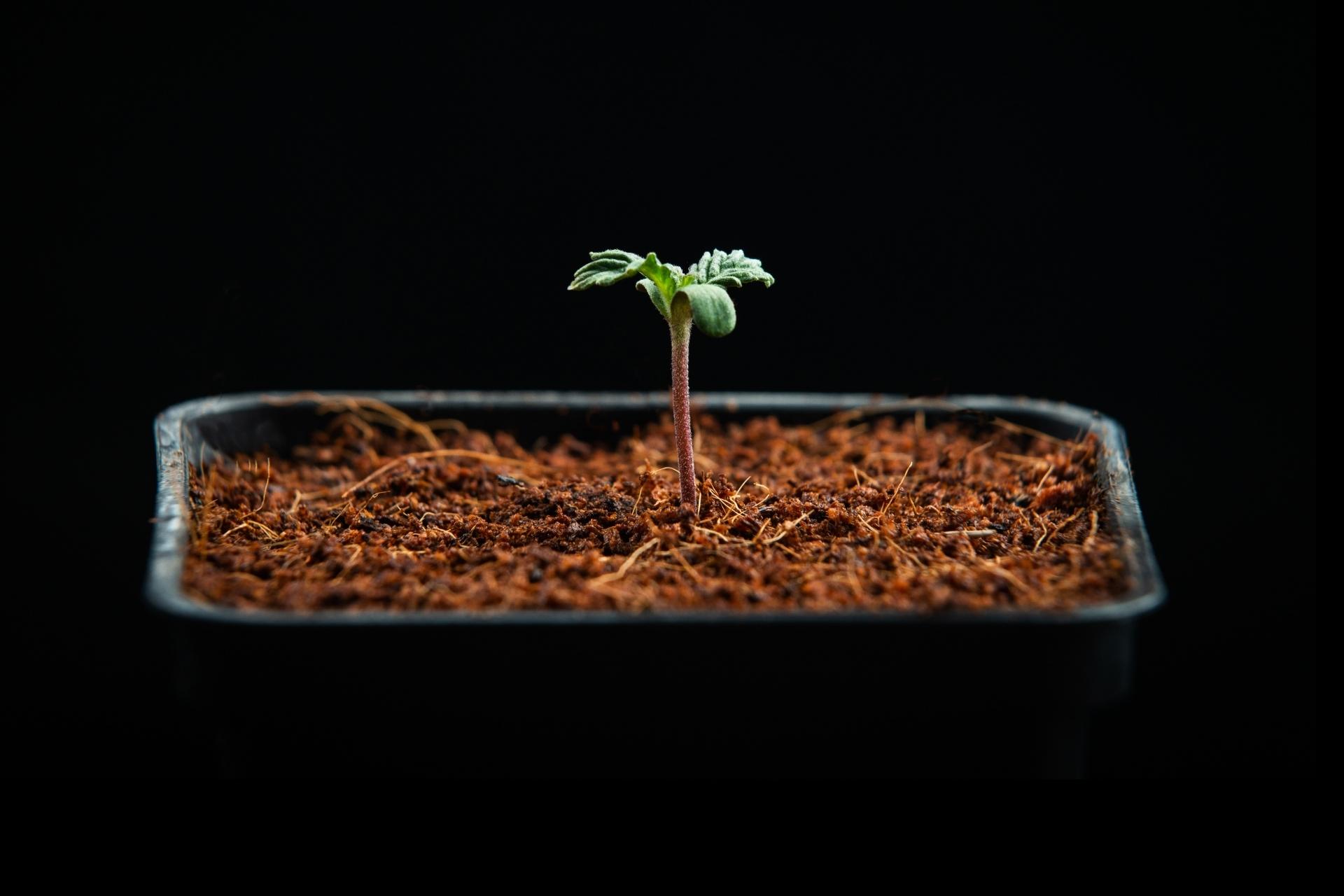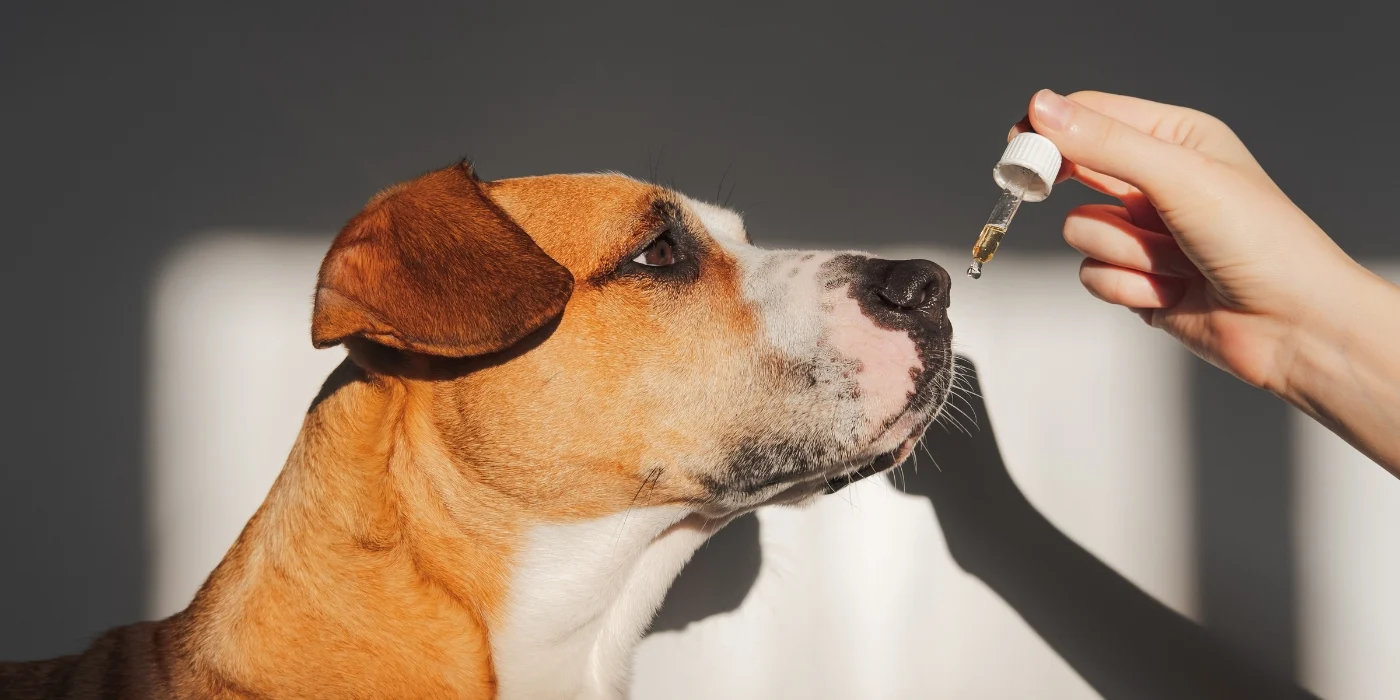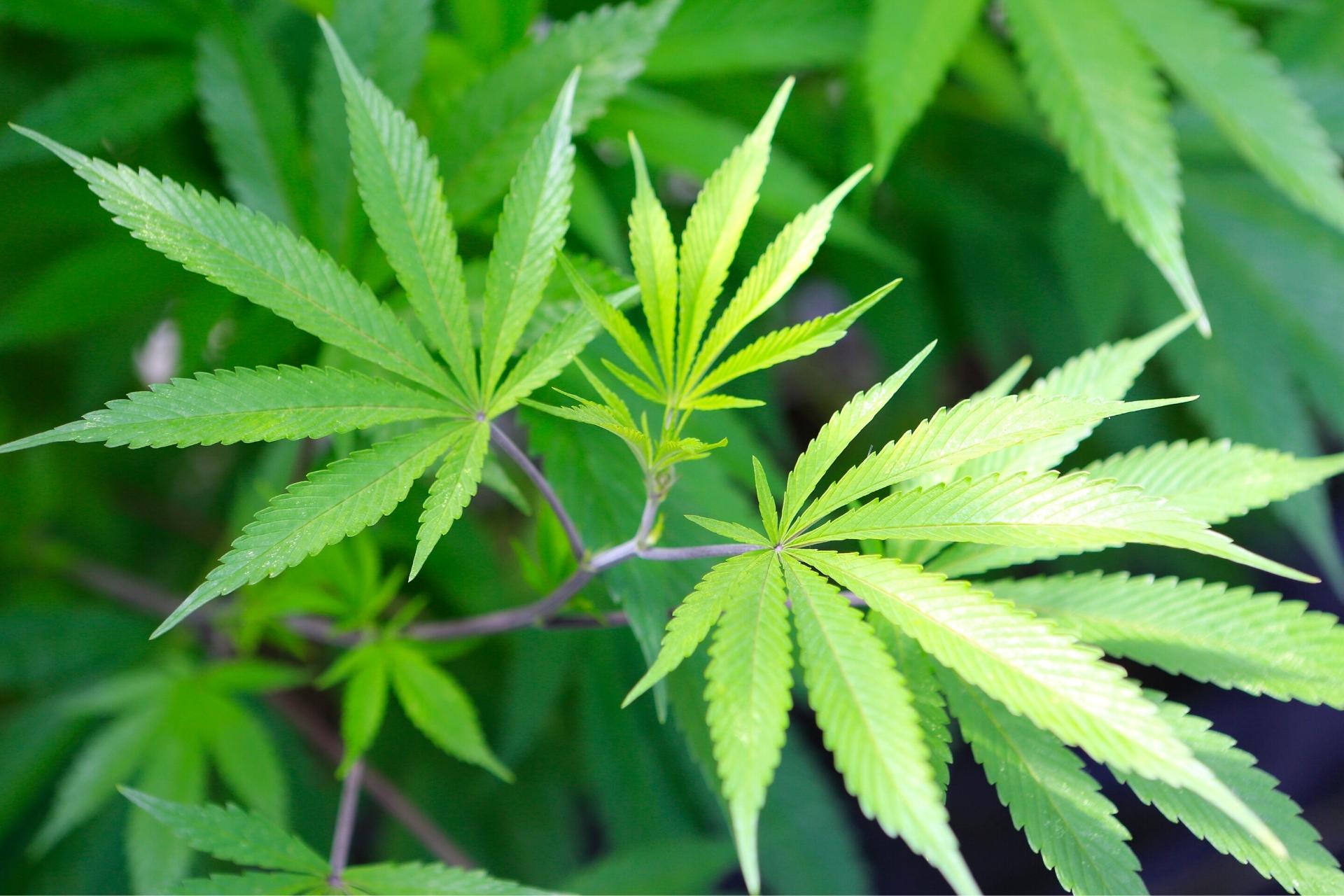
- Guides
-
by gu
The Hemp Seedling Stage
The hemp seedling stage is the most delicate of the hemp growth stages, especially for large-scale outdoor CBD hemp farms. Even experienced cultivators must take extra precautions when caring for seedlings.
During this delicate stage, you must make sure to provide a stable and stress-free environment in order for your seedlings to survive. Proper lighting, temperature, pH, fertilizer, and moisture are required to grow healthy hemp seedlings.
How Long Does the Hemp Seedling Stage Last?
The hemp seedling stage starts approximately three to ten days after germination and continues until the vegetative growth period. Hemp plants are considered seedlings until they develop full-grown leaves (the iconic 5-7 leaflets); however, some cannabis plants may never form more than three leaflets.
The amount of time a hemp plant spends in the seedling stage depends on the strain you are growing, as some may be more vigorous than others. Under optimal conditions, hemp seedlings stay in the seedling stage for about two to three weeks.
The seedling stage is a critical time for your crop’s development and is when many issues can arise that could affect its overall health and growth rate during future phases of the hemp growing cycle.
Your plants will also be highly prone to diseases and molds. Hemp growers may safeguard their seedlings by maintaining cleanliness and avoiding excessive moisture.
Tips for Growing Strong, Healthy Hemp Seedlings
To grow the healthiest hemp seedlings, you should source only high-quality feminized hemp seeds. Feminized seeds will give you high yields of hemp flower, translating to high CBD content. Choosing a reputable hemp breeder will ensure that you receive viable seeds that will grow vigorously and make it through the seedling stage.
Make sure you allow enough time for your hemp plants to get strong enough before transplanting them. Otherwise, you risk damaging the weak roots when you move them around. It’s best to transplant your seeds three weeks after germination has begun (usually around one month after planting) or when the seedlings have formed a sizeable taproot. The best time for transplanting is during an overcast day because it reduces shock on young plants. If there’s no other choice but late afternoon sun, make sure there are cover crops nearby, so they’ll have something protecting their tender shoots during this transition period.
Lighting for Hemp Seedlings
Lighting is an important consideration during the hemp seedling stage and throughout the plant’s lifecycle. Seedlings must be given ample lighting to thrive; however, they may become burnt when exposed to too much light. By growing the seedlings in a greenhouse, farmers can use a shade to prevent the seedlings from burning in the direct sunlight. For those starting seedlings indoors, a small T5 fluorescent light is sufficient.
Your seedlings should be exposed to at least 18 hours of light during the seedling stage. This will ensure that the plants do not begin flowering prematurely. Some growers opt for 18 hours of light and 6 hours of darkness, while others keep the lights on 24 hours a day throughout the vegetative growth period.
When transplanting seedlings from a greenhouse or indoor area into your field, it is important to harden the plants first. This will allow the plants to smoothly transition from a weak light source to growing under direct sunlight.
Soil for Hemp Seedlings
Plant hemp seedlings in well-drained soil that retains moisture but does not remain saturated for extended periods. For best results, start by providing them with a light soil base that is fluffy and slightly acidic in pH. You can amend the soil with high-quality compost to achieve these conditions.
Make sure to avoid using a soil mix that contains high levels of macronutrients, as the plants may become overfertilized. Using a specialized seedling soil mix will ensure that the plants receive the current amount of nutrients.
Water and Nutrients for Hemp Seedlings
During the seedling stage, your cannabis plants are still very fragile. One of the most common mistakes you may make is over-watering your seeds. Too much water can cause them to die or become stunted.
Despite being delicate, hemp seedlings do not need a lot of fertilizer (apart from what naturally occurs in your soil. Hemp nutrients may burn the seedlings, slowing their growth and possibly killing them.
If you are growing in a soilless medium, you’ll need to supplement the seedlings with a small amount of fertilizer. For optimal results, provide your hemp seedlings with an equal balance of nitrogen, phosphorous, and potassium. A 3-3-3 fertilizer is sufficient to keep the plants healthy without overfertilizing them.
The Hemp Seedling Stage: Final Thoughts
The right combination of nutrients and a controlled growing environment will help your feminized CBD seeds grow into healthy plants. If any of these conditions aren’t met, your crop may never reach its full genetic potential. Fortunately, by following the advice provided in this article, you’ll be well on your way to growing healthy, happy, high-CBD hemp plants.
Please contact Fortuna Hemp for more information about the hemp seedling stage. While you’re here, check out our complete collection of feminized CBD hemp seeds.
What’s your top tip for growing hemp seedlings? Share your advice in the comment section below.



